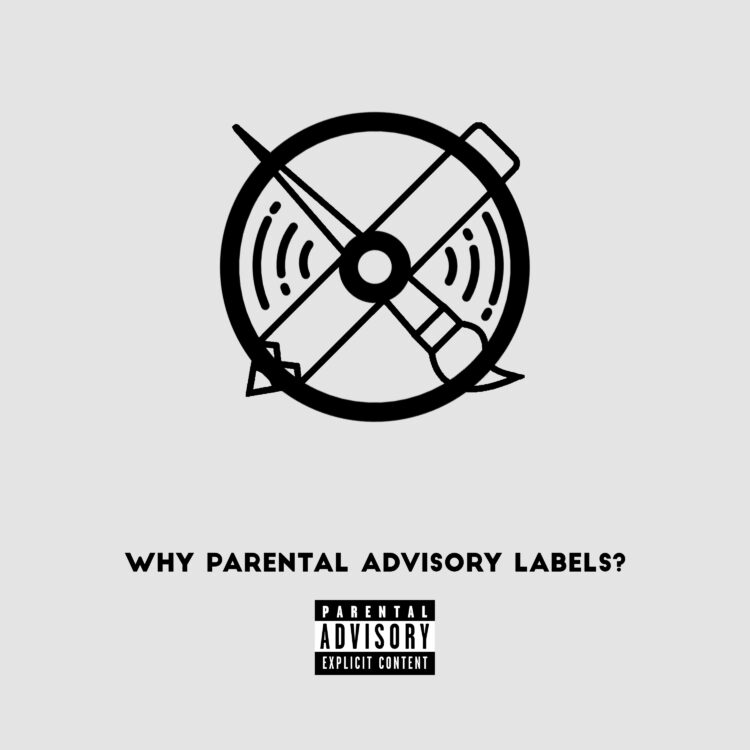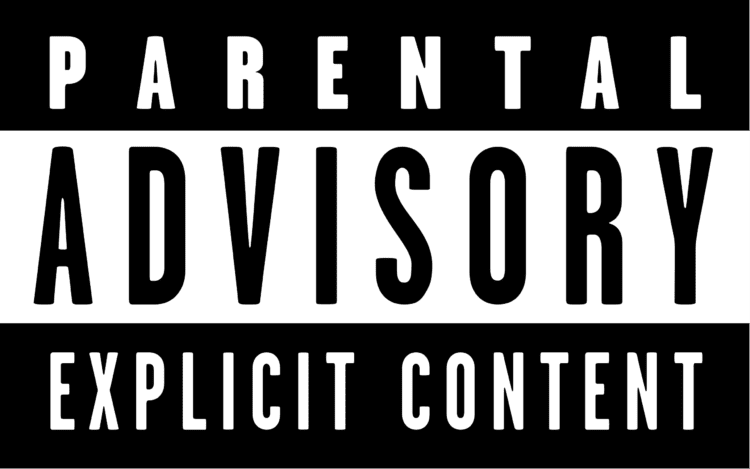Cover Art
Why Parental Advisory labels?
Why Parental Advisory labels?
The Parental Advisory Label, also known as PAL, is a cautionary emblem created by the Recording Industry Association of America (RIAA). It denotes a notification label, commonly affixed to music merchandise, particularly on album cover art, indicating the presence of explicit content that may not be suitable for children.
The Parental Advisory label (PAL) was introduced by the Recording Industry Association of America (RIAA) in 1985, following an incident involving Tipper Gore, who had listened to Prince’s song “Darling Nikki.” This event led to the formation of the Parents Music Resource Center (PMRC), an organization founded by Tipper Gore, along with other prominent individuals, including the wives of politicians. The PMRC launched a campaign advocating for the use of “Parental Advisory” labels on music products to alert parents to explicit or “obscene” content that may be unsuitable for children under the age of 16.
In addition to the RIAA, the British Phonographic Industry (BPI) also adopted the PAL in 2011, extending its usage beyond the United States to the United Kingdom. This label serves as a tool to inform and guide parents in making informed decisions about the music their children are exposed to, aiming to provide transparency and assist parents in selecting content appropriate for their children’s age and maturity level.
Music industry
Why do you need those Parental Advisory labels in the music industry? Well, the answer might be clearer than you think. Music has a powerful influence, especially on young minds. These labels serve as a warning sign to parents and guardians about potentially explicit content. In a world where music is easily accessible, it’s essential to have these indicators. They help in making informed decisions regarding what kids listen to.
What is the history of Parental Advisory labels?
Shortly after the formation of the Parents Music Resource Center (PMRC) in 1985, they compiled a list of fifteen songs known as the “Filthy Fifteen,” which they deemed objectionable and offensive. The song “Darling Nikki” by Prince topped the list.
One of the main concerns raised by Tipper Gore, the wife of then-Senator Al Gore and future Second Lady of the United States during Bill Clinton’s presidency, was the explicit mention of masturbation in the music. The story goes that Tipper purchased the “Purple Rain” album for her 11-year-old daughter, Karenna, who then sang along to the lyrics, including the explicit parts, catching her mother’s attention.
In response, a group of wives of ten Senators, six Representatives, and a Cabinet Secretary formed the PMRC. The RIAA initially introduced an early version of a content warning label to address the concerns, but the PMRC felt it was insufficient and desired a more structured system similar to the Motion Picture Association of America film rating system.
The RIAA proposed an alternative version of the warning label that read, “Parental Guidance: Explicit Lyrics.” After extensive back-and-forth discussions between the two groups, the matter was brought before the United States Senate Committee on Commerce, Science, and Transportation on September 19.
Prominent musicians of the time, including Frank Zappa and Dee Snider, expressed strong opposition to censorship and the PMRC’s warning label. Eventually, after about two months, the two groups reached a settlement in which audio recordings were required to carry a warning label that read “Parental Advisory Explicit Lyrics” or include the lyrics on the backside of the album packaging.
In 1990, the current black and white design for the warning label was introduced, intended to be placed in the bottom right corner of album cover art. The first album to feature the black and white Parental Advisory label was the 1990 release of “Banned in the USA” by 2 Live Crew. By 1992, more than 200 records had been marked with the PAL on their album cover artworks.
The system remained largely unchanged until 2002 when record labels started including specific content descriptors, such as “strong language,” “violent content,” or “sexual content,” alongside the generic Parental Advisory label. The PAL was also adopted by streaming services and online music stores in 2011.



Comments are closed.